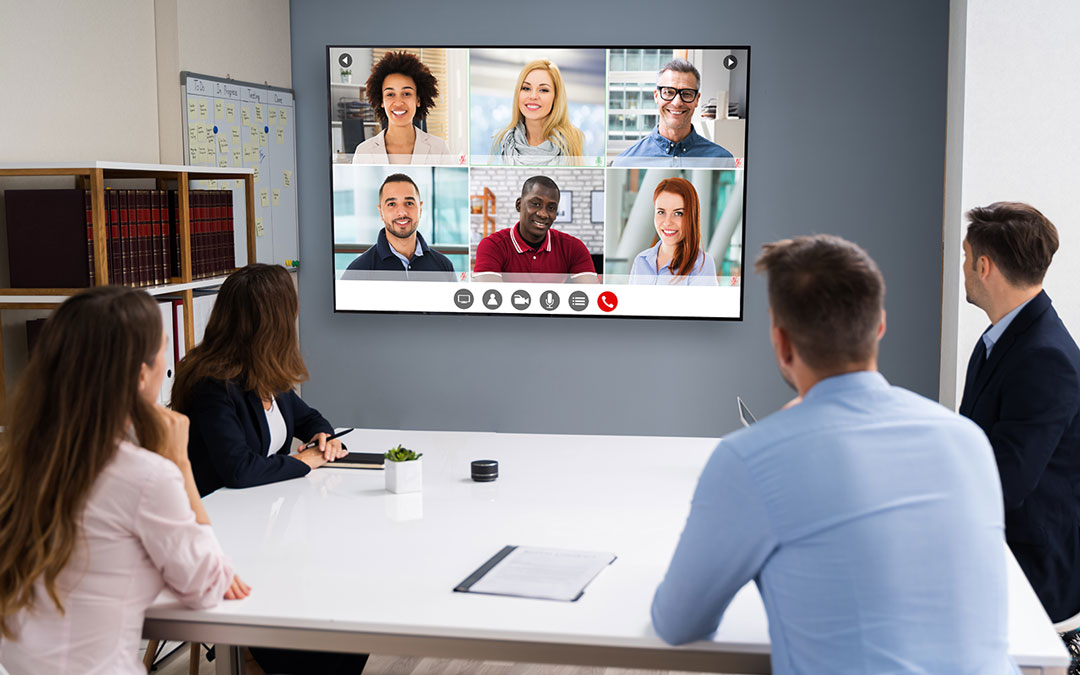A recent article by McKinsey profiled an interview with Leena Nair who is the Chief Human Resources Officer at Unilever. Nair discussed how their massive global organization of 150,000 employees was navigating the pandemic and emerging from it. What struck us at Corporate Path Leadership was the internal idea of Flex, which is the way that Unilever can match skill sets and employee capacity and passions to bring teams together.
The idea made us think: What if the traditional role of employees, titles, and job descriptions is about to radically change as COVID-19 subsides? As a leader of a team, how do you rethink your current staff and current goals now to plan for a new team model? And how do you energize your team in this period of transition.
One element that seems destined for acceleration is the role of fractional team augmentation. This practice of bringing on part-time experts to work on short-term initiatives is not new, but as teams try to become more agile, and remote working lingers, it will be more likely that teams may start to take more of a hybrid approach of full-time team members with equal numbers of fractional team players who may fade in and out over time as goals change for the team.
Two significant drivers of fractional team augmentation will be scarcity of resource time and budgets.
While a team might need several months to approve a full-time employee — and the justification that comes with needing a resource on a permanent basis, on the flip side, quickly allocating $20k or $30k for specific fractional help means that an expert can be in place within days or weeks. When the goals have been met, that resource can just as quickly be spun off from the team — or reallocated to another future project if appropriate.
While at first pass, you might think that full-time employees would not like fractional assistance, these instant experts can help bring a new perspective to the team and help bolster skills that full time employees may wish to enhance over time. New expertise also prods team members to think about new possibilities and see their team environment in an evolving — instead of static — manner.
A third consideration is the current team’s reaction to change
Finally, when leaders augment a team with outside experts and start a culture of change, they will soon discover those employees who embrace change and those that are resistant. This discovery gives leaders the opportunity to coach lagging employees through a transition period and ultimately help them realize that the team inevitably will morph over time and those employees who are open to embrace change are the ones more likely to advance and succeed.
Our advice is to look at your current plans for changing your team and growing the business this year and identifying areas where you can bring in quick outside resources to help with your initiatives and set aside budget to start building your hybrid team.
Contact Us Today
We make it easy to jump start success. Simply contact us and share your current team challenge or need, and we’ll respond with program ideas to innovate your team performance.

